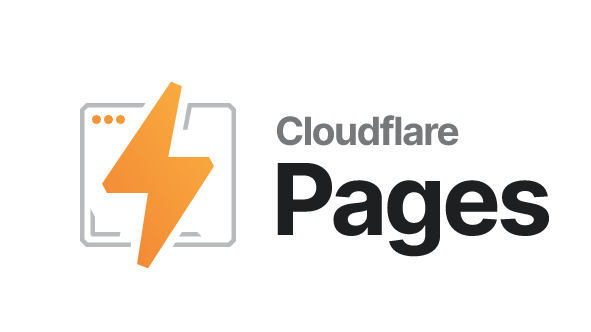
Cloudflare has announced Cloudflare Pages, a JAMstack platform that can quickly and cost-effectively implement websites. It is aiming for new alternatives to the Jamstack platform such as Netlify, Vercel, and AWS Amplify.
So far, the website structure first retrieves data from the web server database from which the user has accessed the web server and has been accessed. Afterwards, HTML is generated according to the acquired data and delivered to the user. However, in the existing structure, a complex and high operating cost system with load balancing and redundancy functions was required to access a large number of websites. In addition, there were concerns such as information leakage because the web server where the information was concentrated was processed.
From a developer’s point of view, maintaining both the source code located remotely, such as GitHub, and the source code on a web server took time. With the development of CI/CD that automates application building and distribution, the gap between development and operation has narrowed, but the CI/CD tool was too complex for the purpose of simply publishing a website.
Jamstack is a new website structure that solves this problem. Jamstack website transmission structure is to search the source code from GitHub in advance, build an application program including user data, and deliver it to the website hosting service. Building a website with data and using an external hosting service for delivery can improve website speed and security. Services that organize such website construction and proper delivery of websites include NetliFy, Berssel, and AWS Amplify.
The Cloud Flare page introduced this time aims for new alternatives to Jamstack platforms such as Netlifine and Berssel. Cloudflare has already provided a static content caching service by the content delivery network, but because the Cloudflare page can be built by searching the source code directly from GitHub, the Jamstack website can be developed more efficiently. Specifically, you can publish your website by simply selecting the framework you use as your GitHub repository.
In addition, it supports functions such as creating a link to a website per commit on the Cloudflare page, and HTTP/3 support for Cloudflare access authentication. There are three types of plans: free, pro, and business. In the free plan, there are no restrictions on the number of sites, requests, bandwidth, or number of users. The Cloudflare page is still in beta. Related information can be found here .


















Add comment